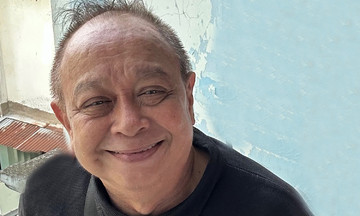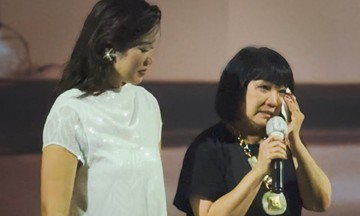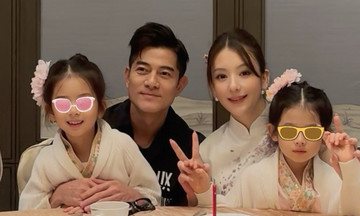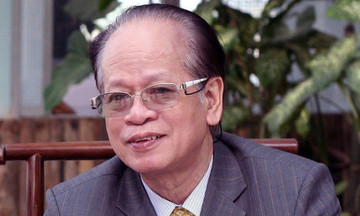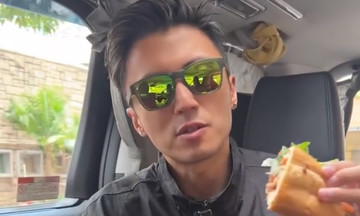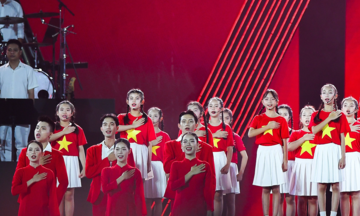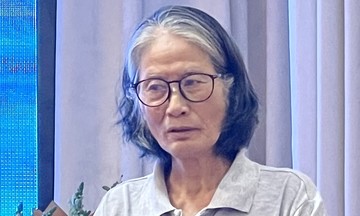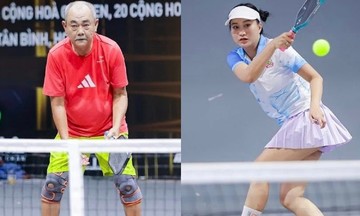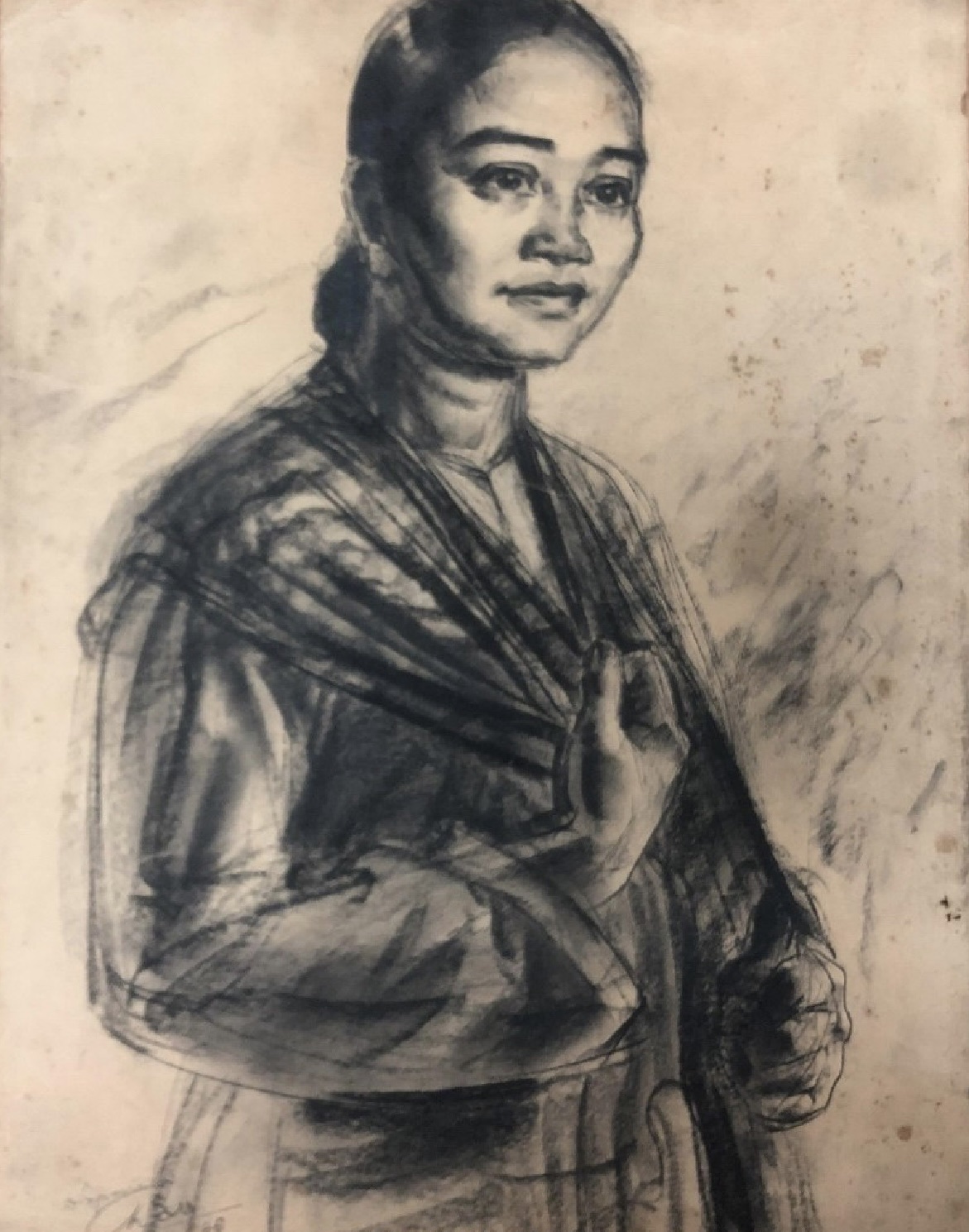 |
The plaster work "Belief" (1967) by sculptor Tran Van Hoe. |
A charcoal portrait of Nguyen Thi Dinh - the first female general of the Vietnam People's Army - by artist Diep Minh Chau is on display. The artwork is part of the thematic exhibition "Children of the Fatherland," running from 15/8 to 10/9 at the Vietnam Fine Arts Museum, commemorating the 80th anniversary of National Day.
Nguyen Thi Dinh (1920-1992), also known as Ba Dinh, was born into a patriotic farming family in Ben Tre. She joined the revolutionary movement at 16 and became a member of the Indochinese Communist Party two years later. In 1940, she was imprisoned by the French at Ba Ra prison (Binh Phuoc).
After her release, during the August Revolution of 1945, she helped lead the uprising in Ben Tre province. In the years following the Geneva Accords (1954), Ba Dinh was a key leader in Ben Tre, serving as Deputy Secretary of the Provincial Party Committee. She led the Dong Khoi movement in the South and founded the "Long-Haired Army."
From 1965 to 1975, she was President of the South Vietnam Women's Liberation Association and then Deputy Commander of the South Vietnam Liberation Armed Forces. In 4/1974, Nguyen Thi Dinh was promoted to the rank of Major General.
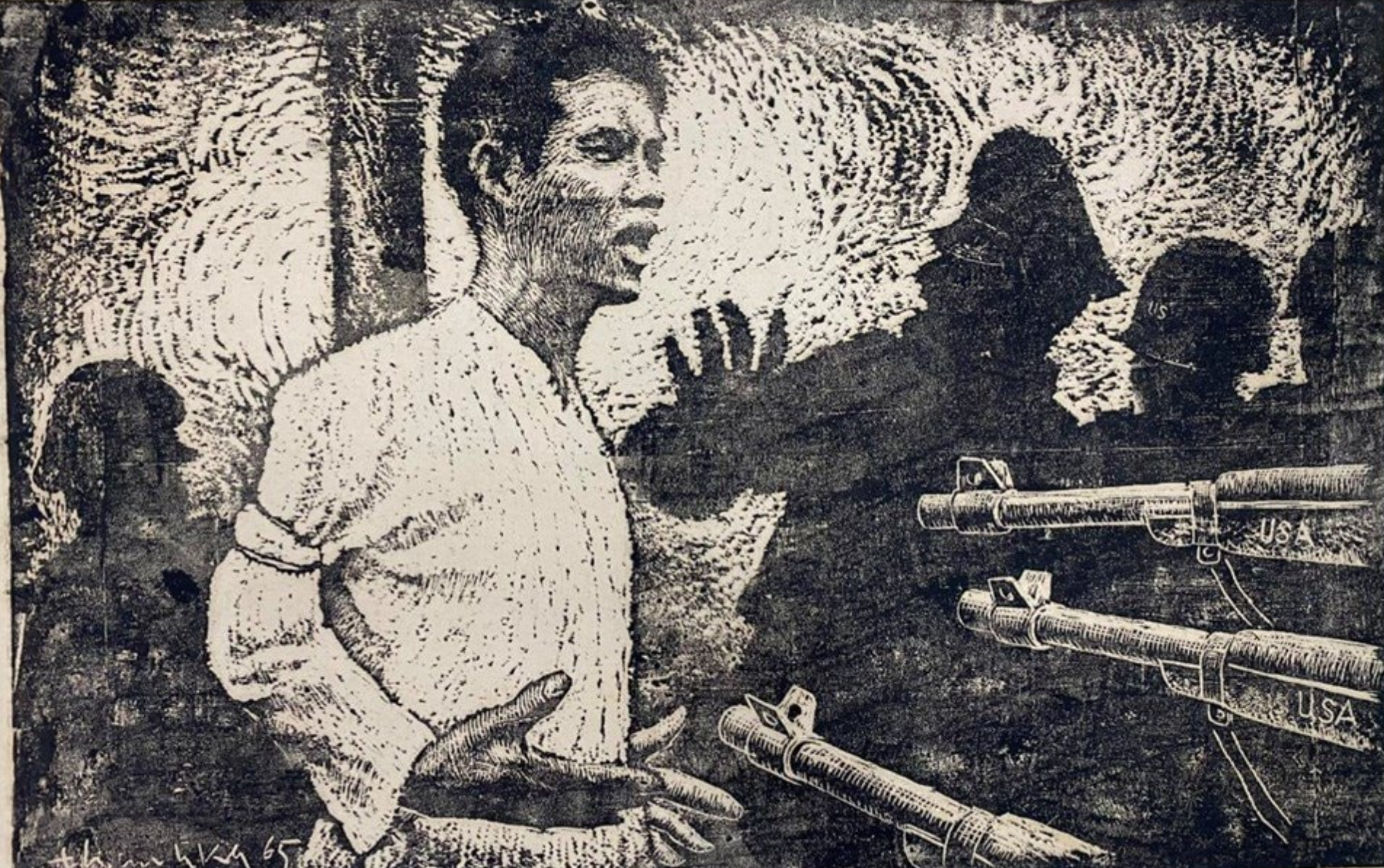 |
The color woodcut print "Central Highlands Militia Receiving Ammunition" (1968) by artist Tran Huu Chat. |
A 1965 woodcut portrait of hero Nguyen Van Troi by artist Hoang Dao Khanh is also featured.
Nguyen Van Troi, born in 1940 in Dien Ban, Quang Nam, became a soldier at 23. He joined the F100 unit, a suicide squad operating in southwest Saigon, during the revolutionary struggle.
In early 1963, he received political training and urban guerilla warfare instruction at a base, where he met comrades Ba Son, Tu Kiem, and Nguyen Huu Loi. They formed a unit and were tasked with targeting US Secretary of Defense Robert McNamara.
On 2/5/1964, Nguyen Van Troi was assigned to plant a mine on Cong Ly Bridge (now Nguyen Van Troi Bridge) to assassinate a high-ranking US military delegation led by Robert McNamara. The mission was expedited when the delegation's arrival was moved forward by two weeks.
On the morning of May 9th, the unit finalized preparations. That night, Troi and his comrades were arrested while on duty. He was sentenced to death by a military court and executed on the morning of 15/10/1964. His defiant image at the execution site became a symbol of Vietnamese youth during the American War.
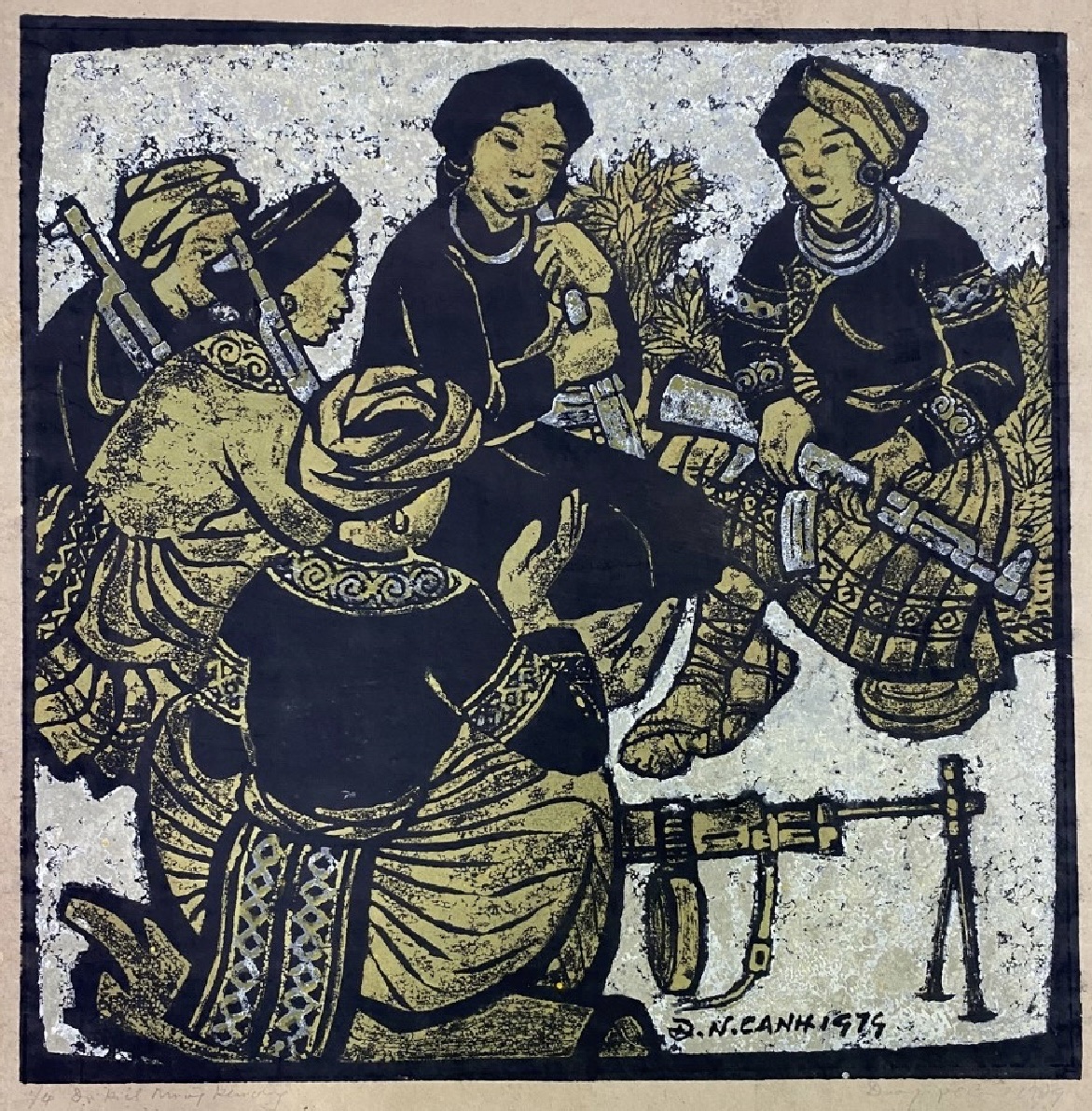 |
Visitors at the "Children of the Fatherland" exhibition. |
The woodcut "Muong Khuong Guerillas" by artist Duong Ngoc Canh, created in 1979, is another highlight.
The exhibition showcases 80 artworks created between 1947 and 1986, in various media: oil, lacquer, silk, paper, wood, and plaster.
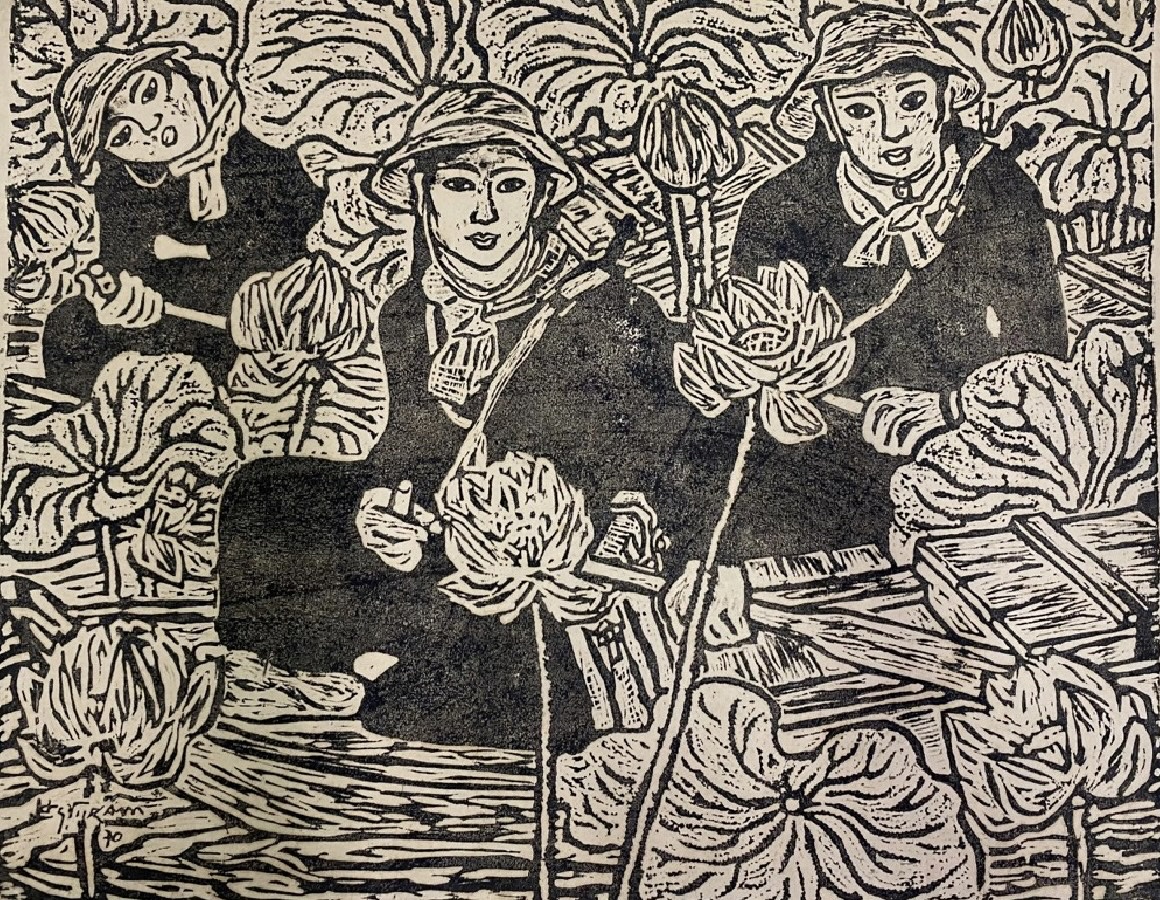 |
Hoang Tram's 1970 woodcut depicts female guerillas from Dong Thap.
According to the organizers, the exhibition is not just an artistic endeavor but also a tribute to past generations, allowing the public to reflect on history and continue the spirit of patriotism.
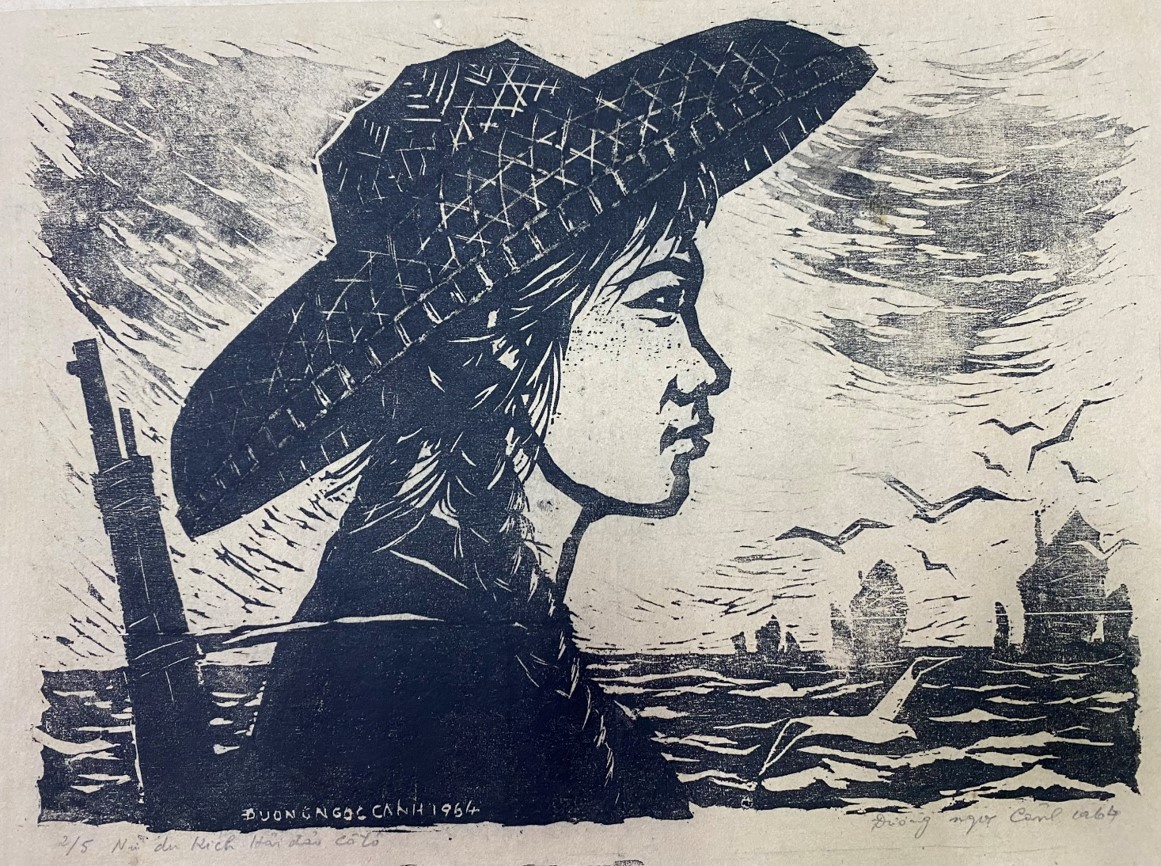 |
A woodcut by the late artist Duong Ngoc Canh honors female guerillas on Co To Island.
Nguyen Anh Minh, Director of the Vietnam Fine Arts Museum, stated that through the lens of generations of artists, from the Indochina Fine Arts School to the Resistance, Renovation, and Modern periods, viewers can revisit the images of those who dedicated their youth to the nation.
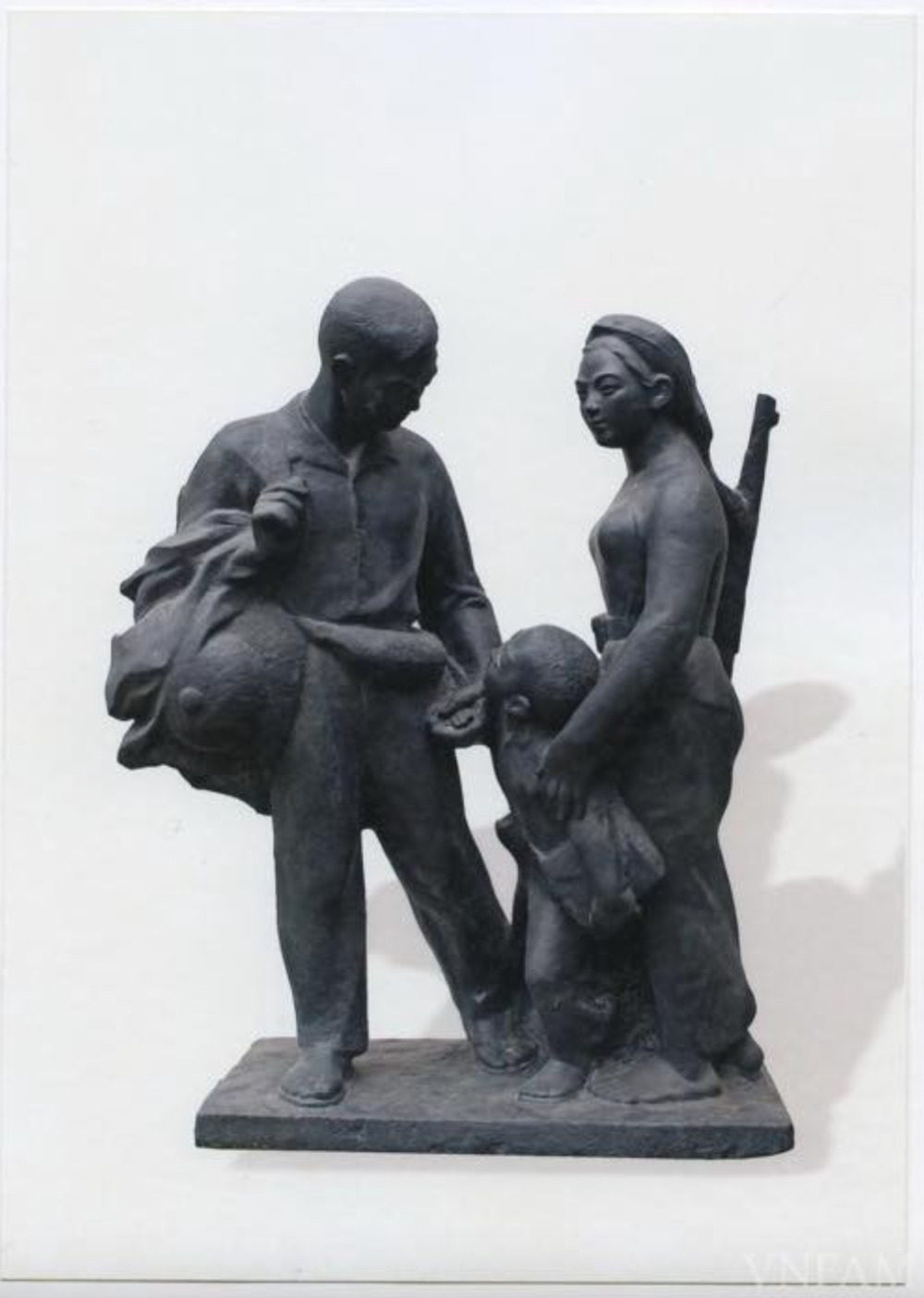 |
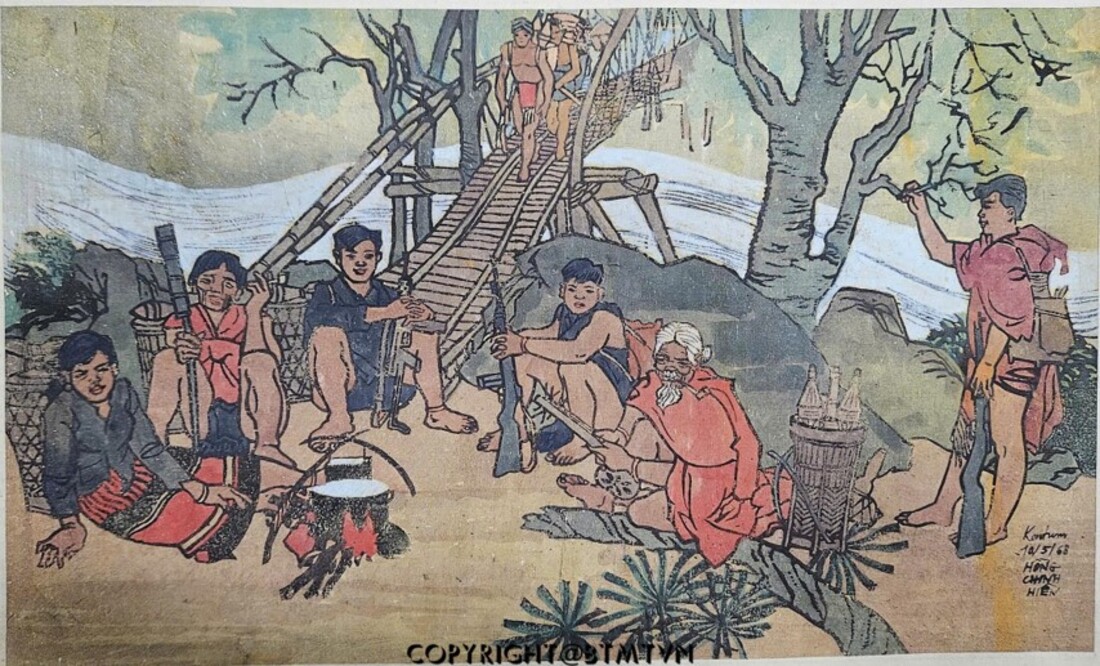 |
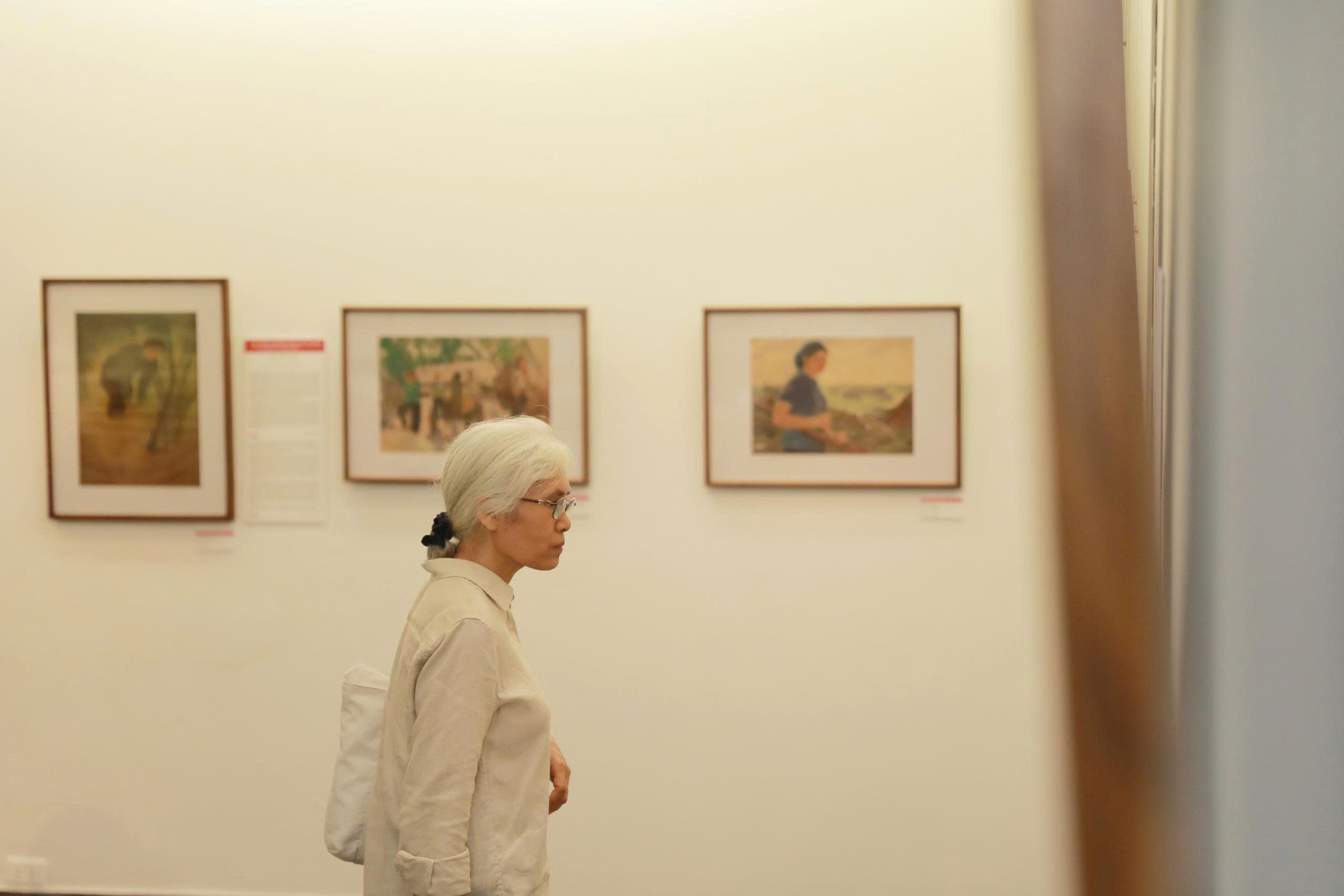 |
Phuong Linh
Photo: Vietnam Fine Arts Museum




